Igniting Ingenuity: Insights from the IAP Best Practice Summit
2024年4月2日
Building innovation ecosystems take dedication. When the Inventor Assistance Program’s (IAP) participating countries came together in Geneva last week, these innovation changemakers proved their devotion bringing the best ideas to life. Representatives from patent Offices, the Program's volunteers and supporters, and beneficiaries shared their experience and advice during the IAP Best Practice Summit. They reflected on the Program’s progress and explored strategies for the IAP’s growth.
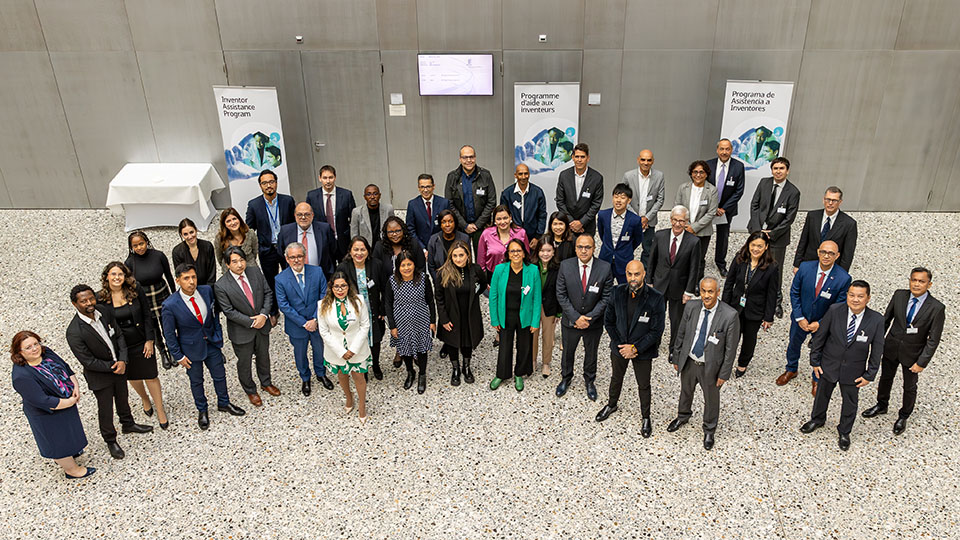
The IAP levels the playing field for individuals and small businesses, helping to transform their ideas into commercial assets. The Program matches selected beneficiaries with a volunteer patent attorney or agent to help them navigate the patent system at no cost. It is a partnership, between the governments of participating countries, volunteers, and the World Intellectual Property Organization (WIPO). Each of these stakeholders work together, everyone has the potential to secure a patent, no matter their financial resources.
Making professional support available through the IP
The IAP currently operates in nine countries. The IAP Best Practices Summit, sponsored by Funds-In-Trust Japan Industrial Property Global, brought champions from each of them together, to exchange ideas and inspiration. Since implementing the Program, more than 200 beneficiaries, including 47 SMEs received support from the IAP. More than 50 of them have already secured a patent. Over 130 volunteers around the globe provide their services to the Program for free, helping inventors to secure patent protection in their own countries and beyond. The efforts to make this happen, attract potential beneficiaries and volunteers, served as the base of discussion.
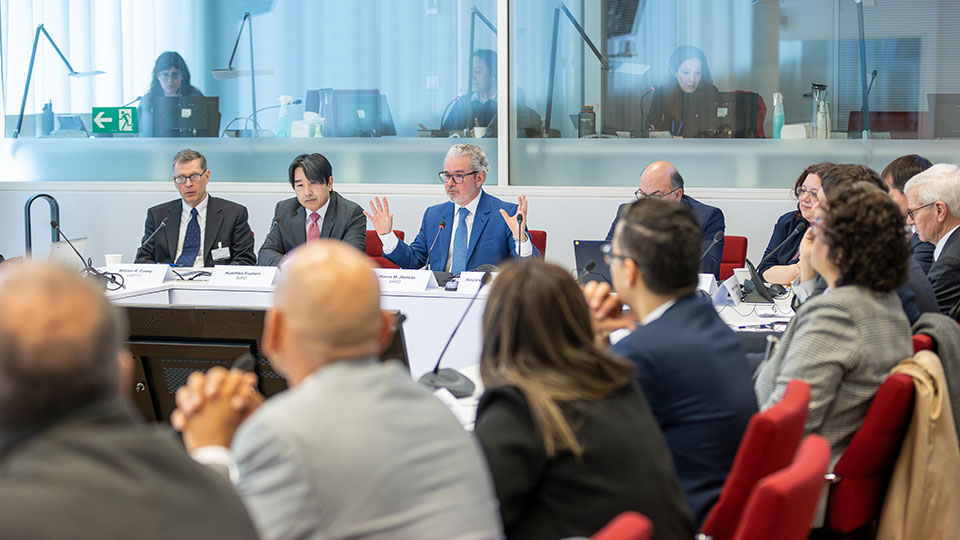
“When we started the IAP in 2016, we were hopeful for what we could accomplish together, supported by innovation champions around the world,” emphasized Marco M. Alemán, WIPO Assistant Director General for the IP and Innovation Ecosystems Sector. “As I look around this room today, with focal points and volunteers who dedicate their time to the Program, with beneficiaries who are working to change their lives and communities – it was definitely worth the effort.”
Sharing what works for inspiration
The Program’s success level depends on the effectiveness of the established connections and ultimately a community of dedicated stakeholders with a shared vision and passion to help inventors and strengthen the IP and innovation ecosystems. During the event, the country focal points shared best practices and their vision on how to enhance the implementation of the IAP locally, including its integration with other national initiatives to support innovators.
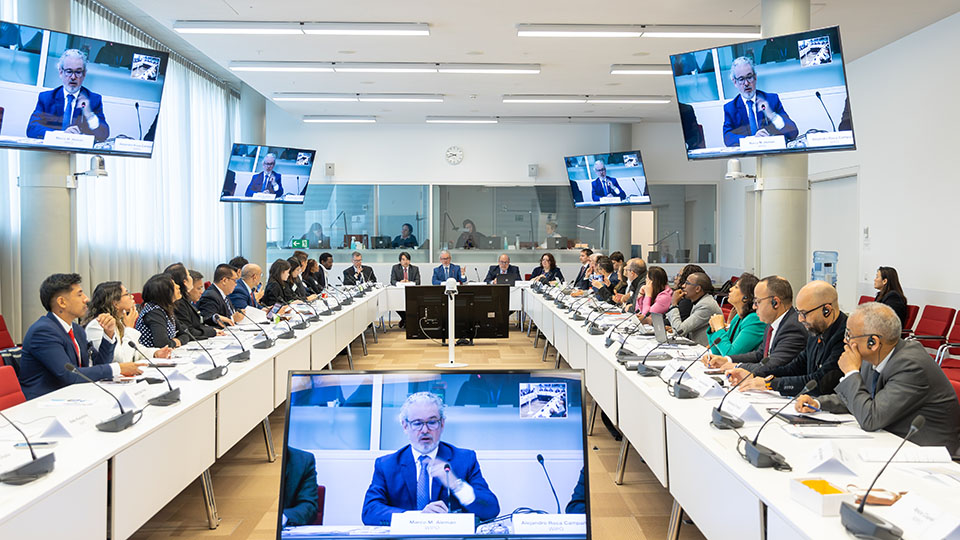
For example, Karima Farah, Director for Patents and Innovation at the Moroccan Industrial and Commercial Property Office (OMPIC), shared experience launching IP Marketplace, a platform that exposes technological offers and needs to present business opportunities in innovation. Cheryl Seah, Manager of the Partnership & Programme Department at the IP Office of Singapore (IPOS), explained how they are using IAP outreach to ramp up IP awareness and literacy more broadly with youth inventors.
The Program’s sustainability hinges largely on the active participation and unwavering commitment of its volunteers – patent attorney and agents, who can deliver a profound impact for inventors, assisting them in transforming their ideas into valuable assets. During the Summit, volunteers chimed in with suggestions on how to improve the program and keep them motivated to participate. Participating countries play an active role in this, ensuring the Program’s inventors can ultimately benefit from volunteer services.
Discussions also focused on the benefits for volunteers. David J. Kappos, Partner, Cravath, Swaine & Moore and the IAP Steering Committee Chair, pointed out the opportunities the Program provides to its volunteers, “you get training, you get exposure to technologies that you haven’t seen before.” He explained other potential benefits, “you get access to this wonderful source of inspiration – the inventors that you’re working with, you build client contacts with them for the future, as they get in the marketplace and then later can afford to pay for legal services, they naturally inclined to become clients of your firm.”
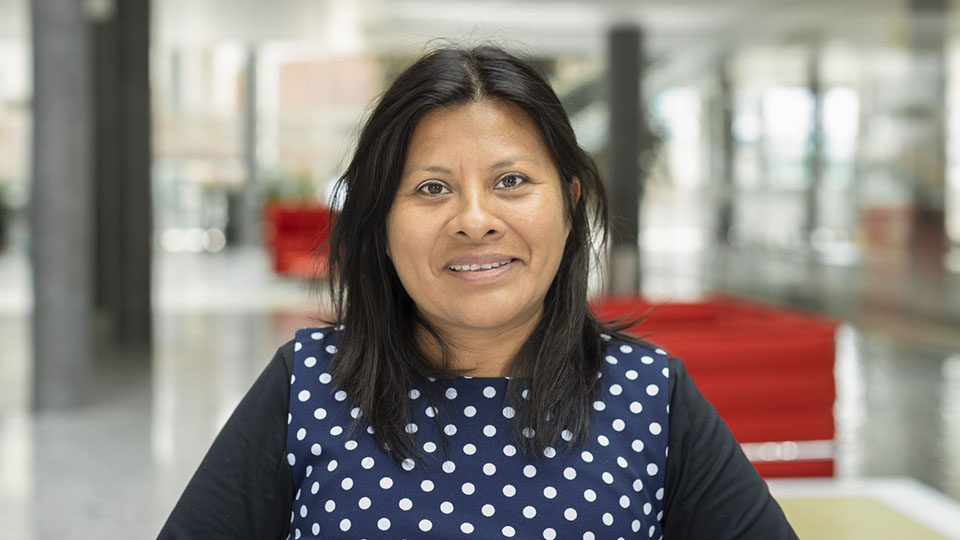
At the center of the IAP are people that have ideas with the potential to change their circumstances and the lives of those around us. A highlight of the Summit was hearing directly from the Program’s beneficiaries, who shared their success and struggles. “We are all innovators by nature, even if we don’t realize it. There is no greater satisfaction than seeing your ideas turned into patented assets. I’m very grateful to the Program and my patent attorney who helped me a lot throughout the whole process – I couldn’t have managed on my own,” said Maribel Zamata Quispe, an IAP beneficiary from Peru. Each beneficiary expressed their gratitude for the support they received from volunteers. It was also clear that they could benefit from additional help, to take their ideas to the market.
Shaping what’s next for the IAP
These needs inspired conversation about how the IAP needs continue to evolve. Participating countries voiced a growing demand for support beyond patent drafting and prosecution services, particularly to offer commercialization services and help inventors identify ways to bridge the funding gap for patent protection. As part of the discussion, IAP Steering Committee member William R. Covey, Deputy General Counsel and Director for the Office of Enrollment and Discipline, United States Patent and Trademark Office (USPTO), shared insights on the US pro bono programs and its move to offer training focused on using patents in a business context and their positive experiences offering discounts to individual inventors and micro-entities. Columbia, Ecuador, and the Philippines shared their experiences offer targeted discounts to put patent protection within reach of IAP beneficiaries.
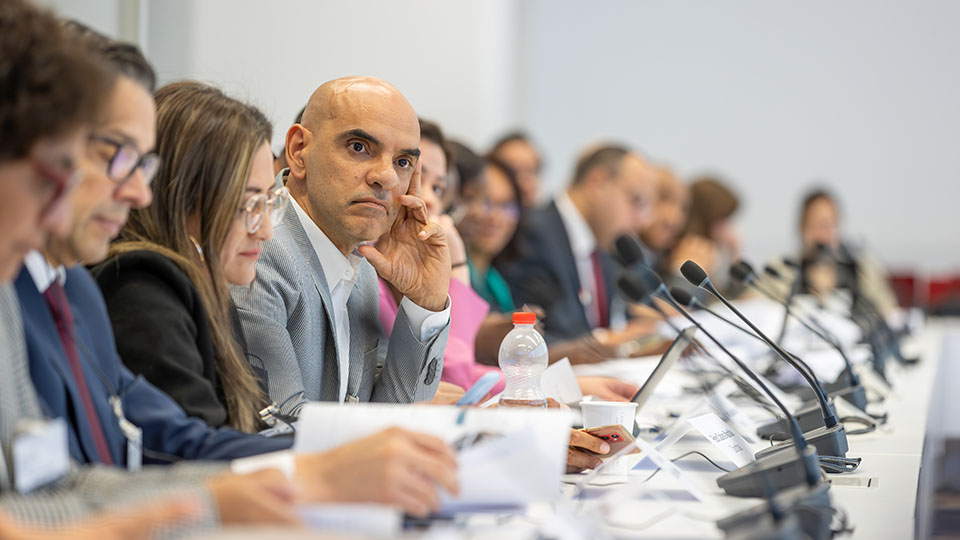
There was also recognition that a Patent Office may not be the first stop for many inventors. Participating countries shared their experiences working with partners in their countries – like innovation agencies and business associations – to spread the word about the IAP. To support these efforts, WIPO continues to add to its toolkit for countries to use in these discussions. Beneficiaries also pointed out that while there are many opportunities for inventor support, the various local programs are often scattered. Participating countries discussed how to make these resources more available to future beneficiaries.
Hungry for more
The future looks bright for the IAP. “I reaffirm how important the IAP has been for my project. I hope I can bring very good news about my product reaching new markets,” said Pedro Cadena Mantilla, an IAP beneficiary from Colombia. Participants left with a sense of optimism and purpose. The open dialogue gave each participating country new ideas to pursue, and fostered partnerships, strengthening the IAP community. Each participant left with a commitment to advance the Program for the benefit of their countries, innovation ecosystems and innovators.
The insights gleaned from the Summit will also serve as a catalyst to take the IAP to the next level.
Want to find out more about the Inventor Assistance Program?
Visit the Inventor Assistance Program’s page to learn more about how to apply as an inventor, become a volunteer or a sponsor of the Program.